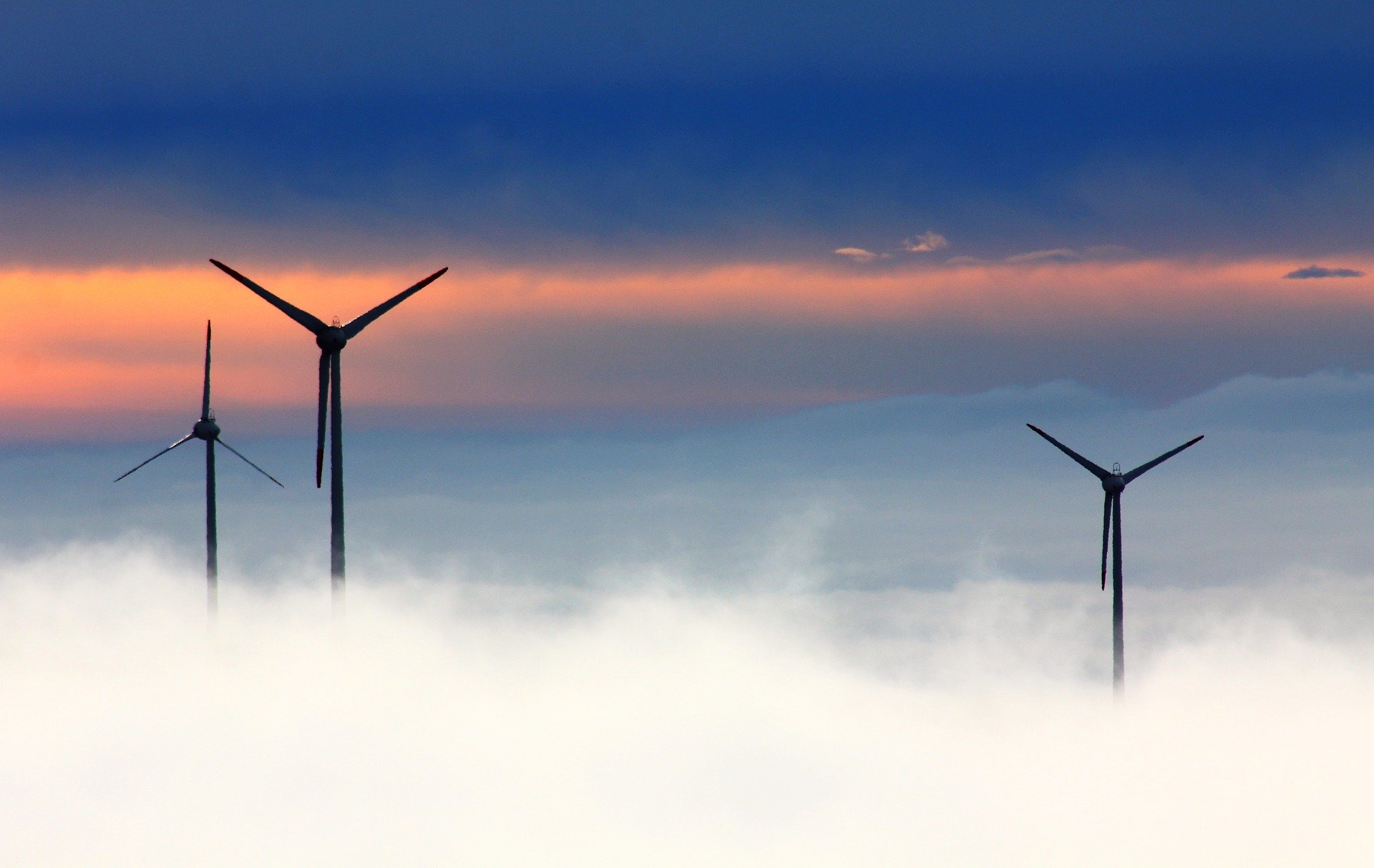Futuristic Green Energy Technologies
As the world is tackling climate change, renewable energy is becoming increasingly important to help mitigate damages that have already been made. However, the projections for population growth at its peak, and an ever-increasing demand for energy, poses challenges for renewable energy. One of the key challenges would be the integration of new infrastructure to replace the existing fossil fuel-adapted grid with a low-carbon electricity system.
In the future, we cannot rely on coal and oil, as they are limited and our planet is already facing catastrophic consequences from emitted carbon dioxide gases. Instead, we use green energy, such as wind and solar power, known for centuries and inexhaustible. Current technologies do not generate energy to its potential, as most of those sources are weather and time dependent.
The growth in installations and solid investments increased the adoption of green energy for the regular homeowner, along with the corporate sectors worldwide. The increased capacity in installation is bringing more innovative approaches and technology developments, which will hopefully suffice the future need for renewables.
Sourcing Energy from Space
image © pixabay
Ambitions to improve energy storage within low carbon sources brings forward the idea for solar energy dispatched from space. Currently, ground-based solar technologies are limited to producing energy only when there is sunlight. In space, the sun is constantly shining, presenting a big opportunity to harness vastly available energy that can be used on Earth.
In 2018, the California Institute of Technology announced their first prototype of such technology that consists of optical reflectors that concentrate the sunlight, photovoltaic cells that convert sunlight into energy. The produced electricity is converted to radiofrequency by an integrated circuit and transmitted through an antenna.
Although it sounds far-fetched, the idea behind harnessing space solar power is not new, and the US is not the only country that has developed plans for expansion within green energy. Japan, India, and parts of Europe have also studied possible solutions for harnessing energy beyond our horizons.
At the early stage of development, the technology’s main drawbacks at this stage include the high cost and transmissioning issues. However, technology is rapidly evolving, as we already launched successfully the LightSail 2 - SpaceX solar-based spacecraft.
Gym-Powered Energy
image © pixabay
With a rapid growth in population, generating energy on our own means we can move away from grid dependence and source energy locally.
A gym in Fulham, London generates and harnesses energy by using bikes workout machines. The human-powered facility can generate up to 3,300 watts in a 50 minute spin class. The excess power is distributed to neighbouring buildings and thus, the energy does not go to waste.
It seems that human-powered energy is gaining popularity in the fitness world, as other gyms are using pedal-powered energy from their members’ workouts in order to power their facilities.
Algae Power
image © pixabay
Research into the possibilities of using the small aquatic organisms are proven to be promising. Scientists see potential for incorporating algae-fuel within the transport sector, which needs increased deployment of clean energy.
Although algae could replace bio-fuels, there are concerns about current developments involving huge amount of water in the producing process. However, algae also needs carbon dioxide in order to grow. Future plans for incorporating the organism include growing it in close proximity to fossil-powered power plants in order to decrease the release of pollutants into the atmosphere.
Flying Wind Power
image © pixabay
Currently in the UK, wind energy is one of the most reliable green energy sources. It is cost effective and it also plays a major role in Britain’s milestone of generating more energy from renewable sources than fossil fuels.
Turbines are undergoing improvements for increased efficiency and improved wind harnessing, especially untapping the huge potential of offshore wind. One idea is more striking than the rest, and that is flying wind turbines.
Makani, owned by Alphabet Inc. tested their prototype of helicopter-looking power technology in Norway, earlier this year. The kite wind turbine is able to reach higher altitudes where the wind is much stronger. The device, which has a 26 metre wingspan, has 8 rotors attached to it, and is secured with a cable to the buoy.
Are We Heading in the Right Direction?
The upscaling of such technologies seems to raise questions about associated costs and time limitations, but it seems that we are definitely moving towards a brighter and greener future. And as the business of renewables grows and strives, the future can only bring better energy solutions.
Author Bio: Written by Ramona Gosheva. Ramona is a content writer at GreenMatch, an online service that provides information on renewable energy technologies.
cover image © unsplash










